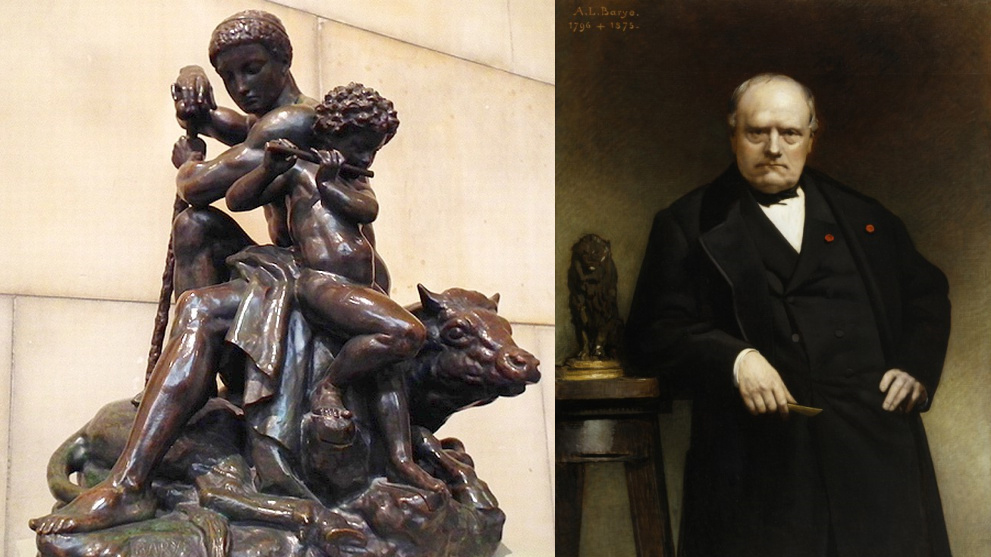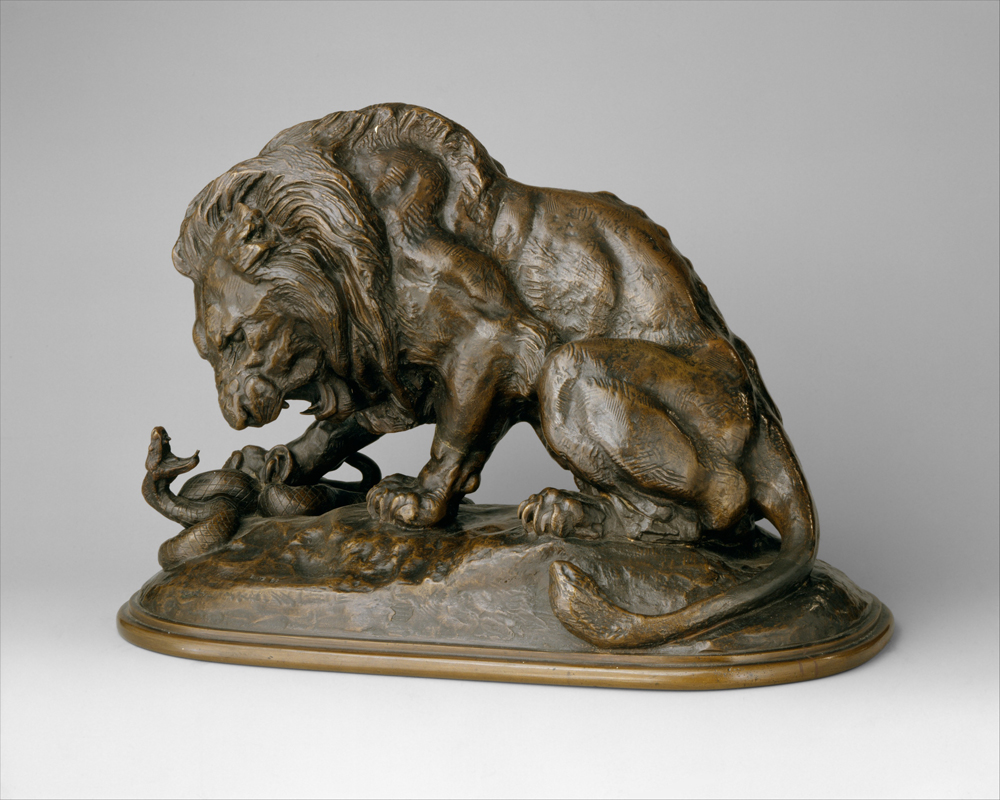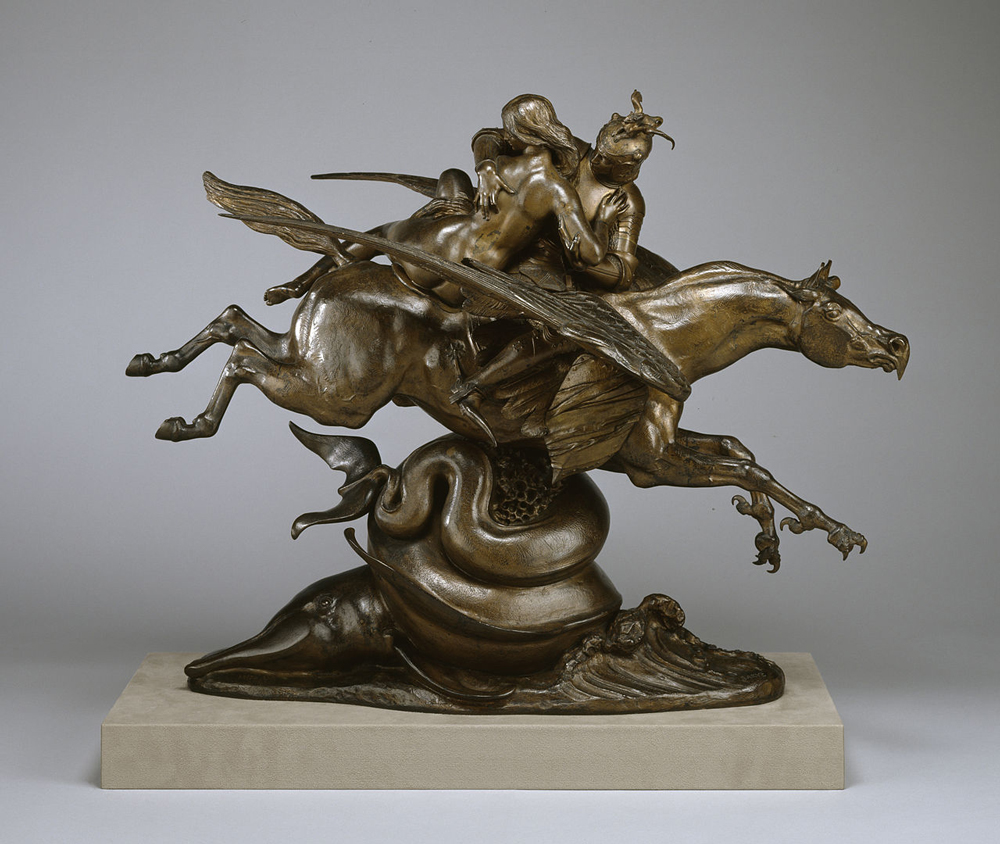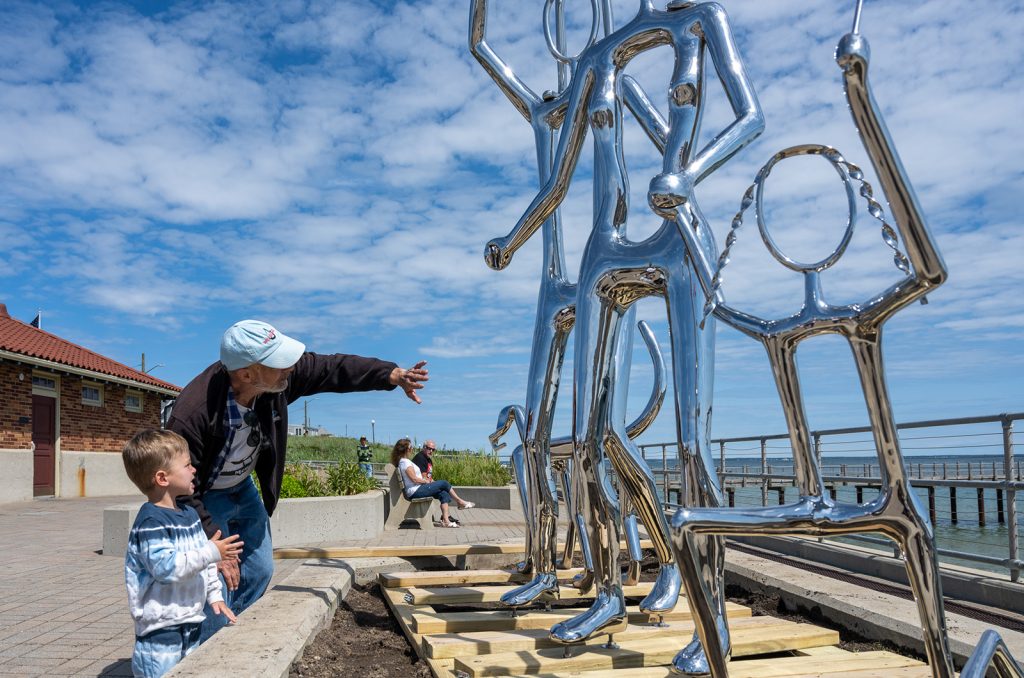Introduction

Antoine Louis Barye was a 19th century French sculptor renowned for his outstanding animal sculptures. His works highlight his profound understanding of wildlife and fully demonstrate his outstanding skills in the field of sculpture. This article will provide an in-depth introduction to the sculptures of Antoine Louis Barry, exploring their appearance, purpose, technical characteristics, and symbolism.
Appearance and Theme

Antoine Louis Barry’s sculptures are mostly themed around wildlife. His exquisite skills enable him to reproduce various animals with astonishing details and realistic images. Some of the famous works include lions, tigers, bears, leopards, eagles, rhinoceroses, etc. The appearance of these works is impressive, with every muscle and hair meticulously carved, making the audience feel as if they can feel the power and beauty of these wild animals.
Purpose and Display
Antoine Louis Barye Sculpture
The sculptures of Antoine Louis Barry are widely used in decorative art collectors’ homes, museums, and galleries. These sculptures can be used as indoor decorations or displayed in public places. Barry’s works were highly popular in the art market at that time, and many collectors rushed to purchase his works. Today, these sculptures are still on display in museums and private collections around the world to show respect and appreciation for this sculptor.
Technical characteristics

The reason why Antoine Louis Barry’s sculpture works are so eye-catching is because his casting skills are very outstanding. He used materials such as bronze to vividly depict animal images through the process of melting and casting. He not only faithfully reproduced the characteristics of animals on the surface, but also gave life to these sculptures through meticulous expressions and dynamic postures. Barry’s works often capture wild animals in various moments, from the roar of lions to the sudden attacks of cheetahs, showcasing his profound observation of animal behavior.
Meaning and influence

Antoine Louis Barye sculpture not only pay tribute to wildlife, but also reflect his love for nature. His works emphasize the importance of diversity and ecological balance in nature. In addition, Barry’s sculptures also represent a part of French Romantic art in the 19th century, emphasizing individual emotions and inner spirit. His works had a profound impact on later artists, especially in the field of sculpture.
Conclusion
In short, Antoine Louis Barry was an outstanding sculptor who, through his exquisite skills and profound understanding of wildlife, created a series of stunning animal sculptures. His works were not only popular at the time, but also provided inspiration for future artists. These sculptural works represent his love for nature and persistent pursuit of art, forever preserved in the treasures of art history.

